
Cooking with cast iron cookware goes hand-in-hand with hunting. You’ve probably got a favorite memory eating a tasty meal from a Dutch oven while camping.
But you may also remember the cook spending extra time taking care of the cookery. That maintenance is one thing that keeps many people from using cast iron.
For me, I’ve been using cast irons pans almost exclusively for the last year and I’ve had a terrific experience. My process is simple and although I don’t follow a lot of the “traditional” rules for cast iron, my pans are still cooking food and are simple to care for.
Let me tell you what I do and please weigh in with your successes in the comments.
Cast Iron
Molten hot glowing iron is poured into a cast, cooled, broken out of its form, polished, seasoned and sent to you to cook in. These pans are made of simple materials, and although the process has been modernized, it’s been fundamentally the same for thousands of years.
I’ve seen incredible production facilities, and I’ve seen guys pouring molten metal into clay forms in their garage floors. The results are the same and that’s amazing.
When you get a few minutes, watch this video from the Lodge company about their production.
The simplicity of the product belies the quality of its characteristics for cooking.
Old or New?
Cast iron pans are fun to collect. Like classic firearms, they are a piece of history that doesn’t just have to just sit on a shelf collecting dust. You can get as much enjoyment and use from a 100-year-old skillet as the first owner did.

Also like firearms, cookware varies greatly in collectability. The internet is full of resources to help you identify that old pan you found rusting in grandpa’s shed, and it may be worth a few hundred dollars. But, as with grandpa’s gun, you’ll get more enjoyment out of using that skillet yourself than selling it. YouTube is full of tutorials for restoring old cookware.
New pans are also great. You’ll pay more for pans that have been machined smooth after casting. But you’ll also find all kinds of DIY videos on using an angle grinder to smooth your own pans.
You’ll also find lots of commemorative designs out there. My family gave me this Lodge “Rosie the Riveter” pan for my birthday. It commemorates the Year of the Woman and 100 years of women’s rights and I thought it was a cool way to teach my kids some history.
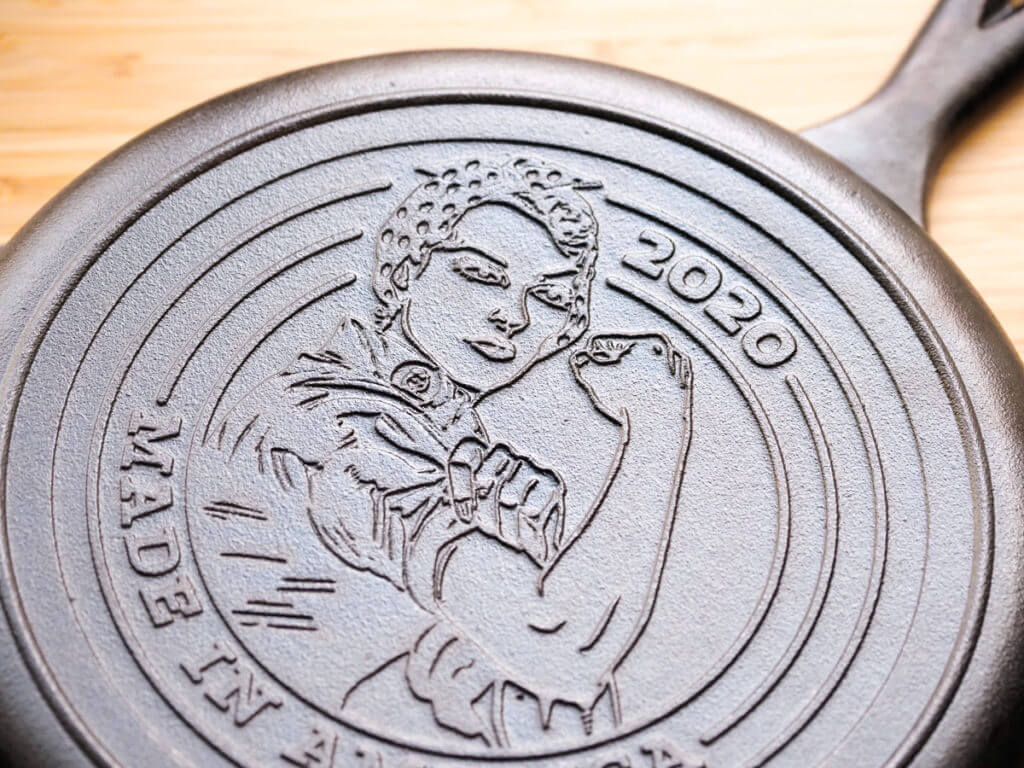
American or Foreign?
You can find pans at Walmart for $10 or pans on Kickstarter for $300. They are all iron and can all potentially serve you for a lifetime, though I do find that the more a pan costs, the smoother the finish usually is. A smooth finish may make it easier to season. I don’t love the cheapest pans at Walmart, but you don’t need to spend even $50 for a fine skillet.
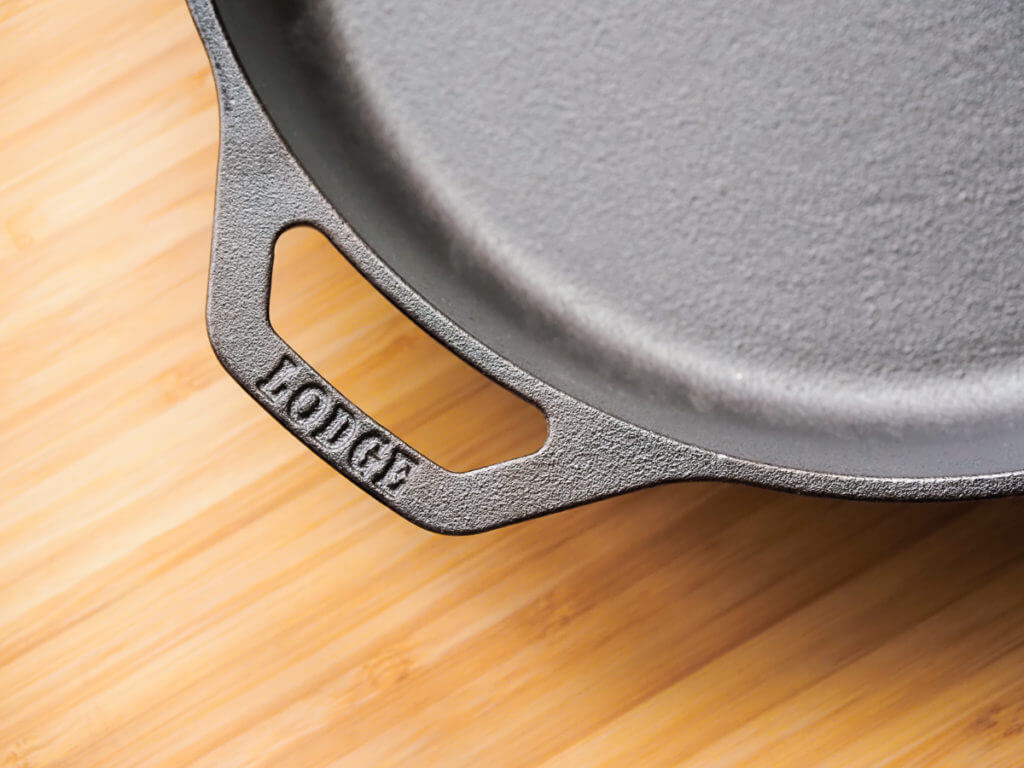
Lodge is probably the oldest American foundry still in business and they make fine cookware at reasonable prices, all made in Tennessee.
You’ll find forums online that really look down on skillets made in various places in Asia. Personally, I love old Taiwanese-made pans because you can get a machined finish for the same price as non-machined. I love my Camp Chef skillets and dutch ovens and I cook in them daily. Camp Chef is an American company with production in Asia and the cookware is very high quality.
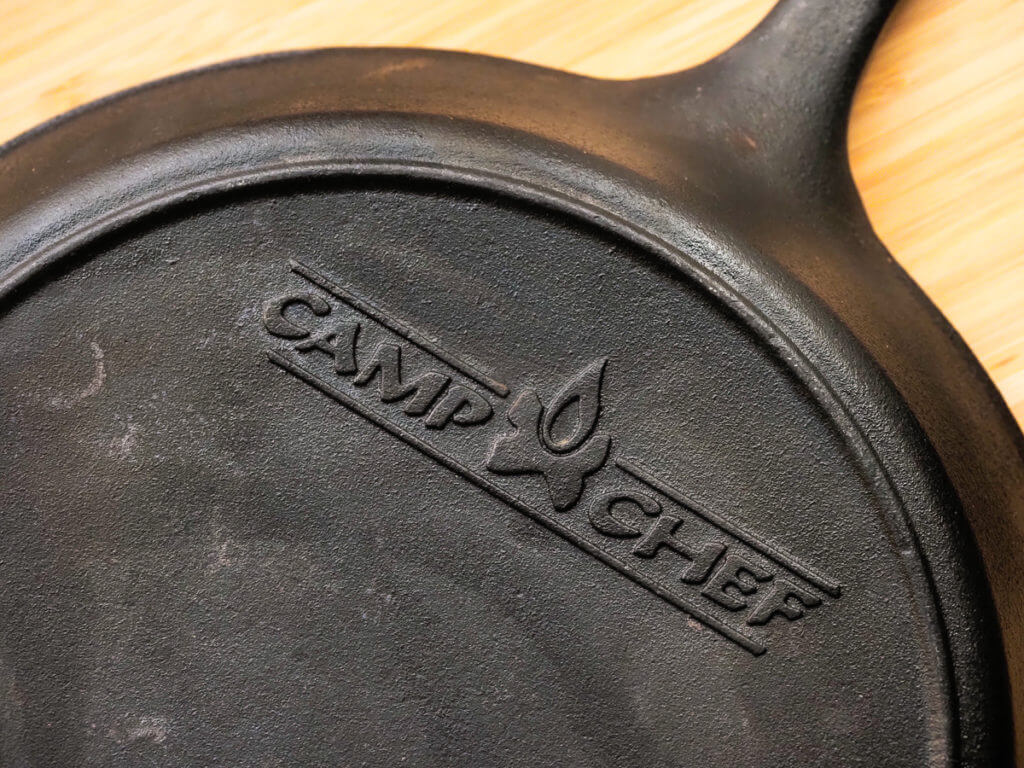
Interestingly, Camp Chef makes the cookware for many other brands, like Cabela’s and Sportsman’s Warehouse.
What Should You Buy First?
Get a 10″ skillet. It’s a very useful size which means you’ll actually use it. Use it on the stove at home, in the oven, on the camp stove, and even over the fire.
I use the 8″ skillet to bake in the toaster oven every-other-day. Again, if it’s convenient you’ll use it.

A 10″ Dutch oven is also a classic, but don’t be afraid to go with an 8″ if your family is smaller. I’ll share some simple Dutch oven meals soon.
My latest favorite is a 12″ wok. I love it. However, I wish I had the 14″ size for my family of four (so I could have leftovers). I’m excited to start using a huge roasting pan I found at the thrift store once I get it seasoned.
How Do You Season a Pan?
Seasoning is that mysterious thing that makes cast iron cookware different. Iron rusts easily and is quite porous. Without a coating, your food will stick to the pan and that makes an unpleasant cooking experience.
Enameled cast iron cookware is terrific and doesn’t need seasoning, but it’s more costly and lacks the romance of raw iron.
Seasoning turns cooking oil into a fairly durable cooking surface and keeps it from rusting. Something about polymerizing the oil. It’s a cool process and you should read about it from someone who understands and can describe it.
Most cast iron comes pre-seasoned these days, but you’ll need to maintain the seasoning over time — and it’s easy.
After you cook, clean the pan (more below), then put it back on the stove for a few minutes to dry it completely and then wipe some oil in it with a paper towel or cloth. That’s it. Doing this will maintain the seasoning.
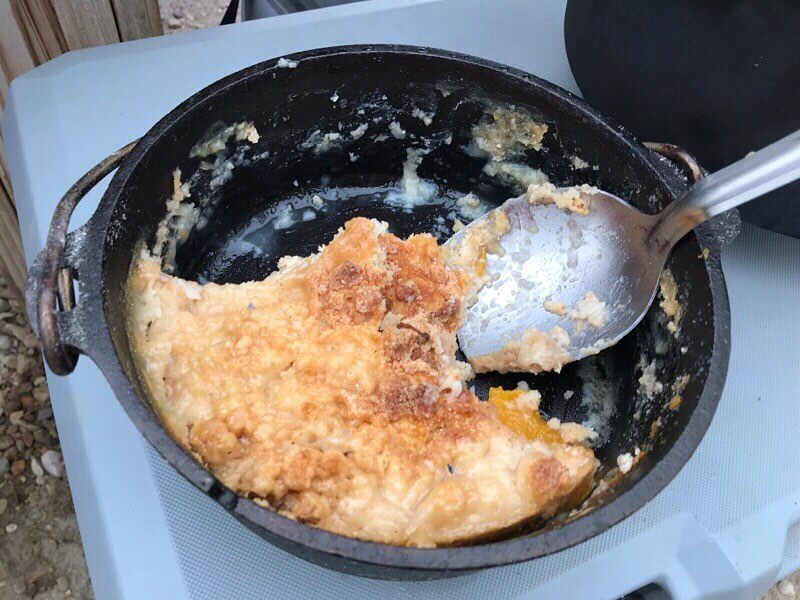
You can certainly season a pan more than what came from the manufacturer and you can read volumes about how to do it and all the ways to not do it. Here’s what I do.
I clean the pan/skillet/Dutch oven, then put it in the smoker or oven at 400-450 degrees. Let it warm up for 5 to 10 minutes to ensure that any water has evaporated. Now wipe the whole pan with a little oil on a cloth.
Be sure to wipe off any excess so it doesn’t drip or pool. If you have too much it’ll become a sticky spot, like tar, so be sure to wipe it off so it’s just shiny. You could also put a piece of tin foil under it in the oven to catch any drips.
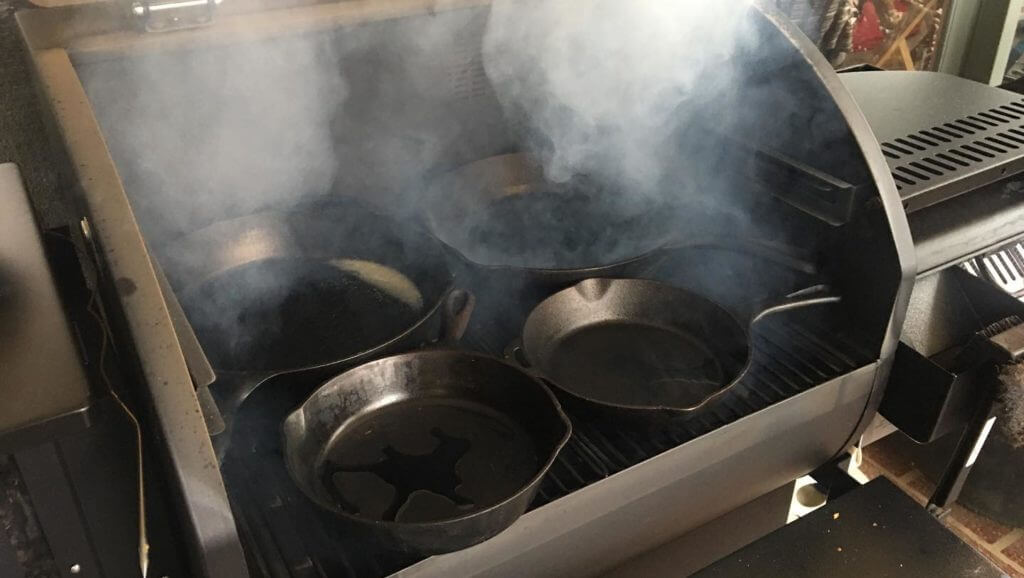
Put it upside down in the oven so there aren’t any pools in the cooking surface. Let it sit at 400 for an hour, then turn off the oven and leave the pan in to cool slowly.
Now it’s seasoned some more. The more you do this in thin coats, the smoother the pan will become. I do it once and that’s really plenty. Any issues I have with food sticking are more to do with the way I cook than the seasoning of the pan.
For efficiency, I season a pan or two each time I smoke meat. Since the smoker’s already hot, I may as well make use of it, plus it doesn’t heat up the house.
What Oil Should You Use?
There’s a lot of discussion about what oil to use to season your cast iron. The fact is, it doesn’t matter. Grapeseed oil is a favorite due to its high smoke point, but I think that’s just so you don’t make smoke while seasoning in the oven. Canola oil, vegetable/soybean oil, Crisco, avocado, peanut oil — anything you cook with will work just fine.
Don’t use extra virgin olive oil — that’s for salads, not cooking. Regular olive oil is fine.
I like to use coconut oil to maintain my seasoning because at room temperature it solidifies, which is nice because it doesn’t drip if I hang my pans.
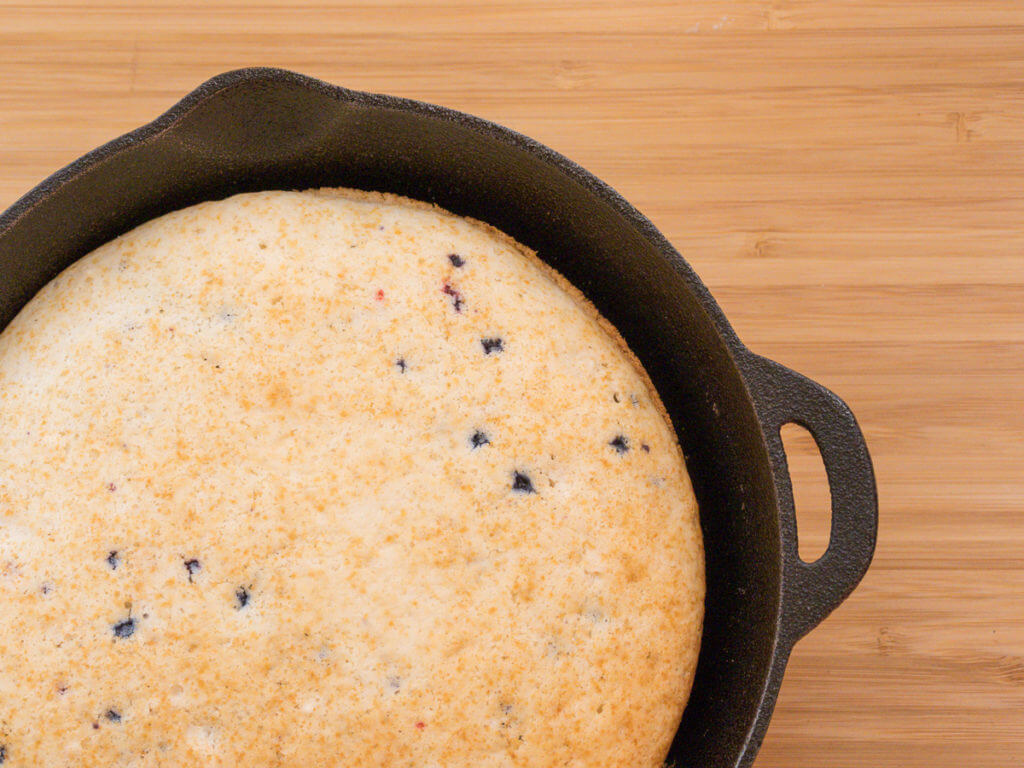
How Do You Cook With Cast Iron?
The most important difference about cooking with cast iron compared to non-stick pans is that you should pre-heat your pan, and you really can’t do it too much.
The first thing you should do is put your pan on the stove to heat up. Put it at medium heat or less to get it started. Then get your ingredients ready, add oil to the pan and set it to the heat you need to cook.
The pan should be hot on the rim, and the handle should be getting hot, too. The great thing about preheating is that the pan will stay hot as you add ingredients. The iron is like a heat battery.
Also, when you preheat nicely, the food seems less likely to stick.
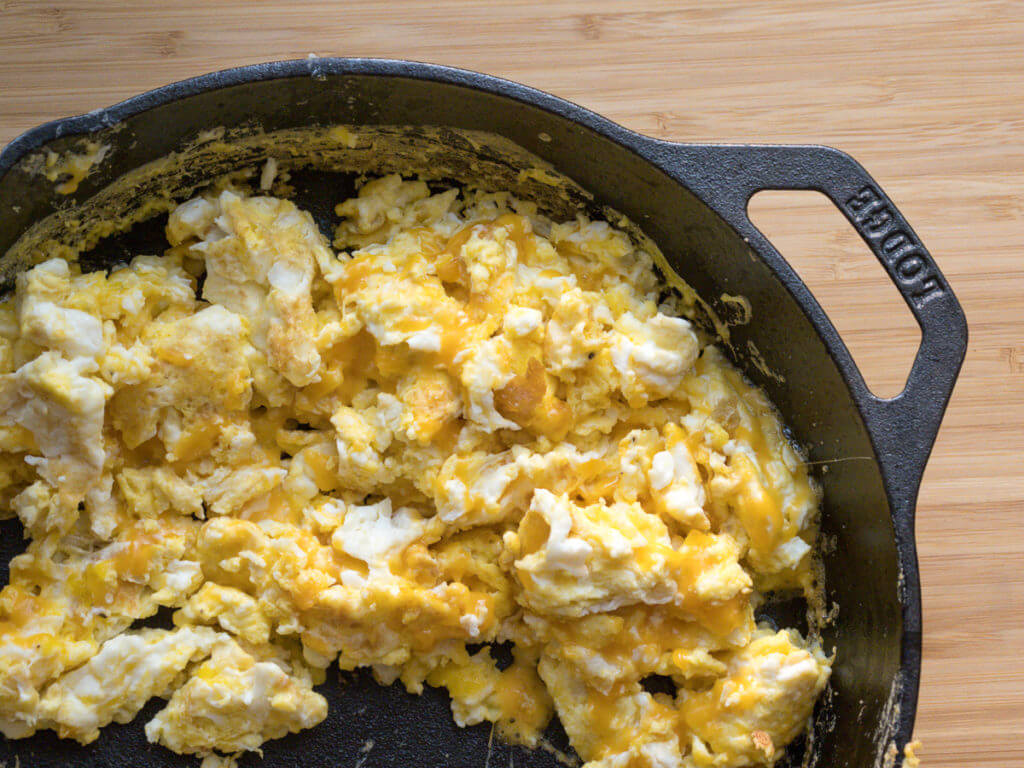
When you bake in your skillets (yes, you should bake in your skillets), preheat them in the oven while you mix your batter. There’s nothing better than the crispy crust on cornbread or muffin mixes baked in a skillet. Camp Chef’s #8 Skillet ($12) is the perfect size for a box of Jiffy cornbread or muffin mix and it fits in the toaster oven.
I bought some of those fancy granite non-stick pans that are supposed to last even with metal spatulas, but I was disappointed. Use whatever utensils you want to with your cast iron. Wooden tools are especially nice when you deglaze a pan after a roast was in it. My favorite tools are from Camp Chef. Their spatula and spoon are perfect (I just wish the handles were a little less massive).
How Do You Clean Cast Iron?
If you’ve just made a meal in a skillet, put the food in a serving dish and take your skillet to the sink. Put a little water in it and swirl it around while it’s hot. Scrape off any excess. Most of the food will come off cleanly.
You can lightly use your spatula or spoon to scrape the pan, but your cast iron buddies will yell at you about ruining your seasoning. I like to use a chain mail scrubber. It’s made of steel rings linked together. It scrubs off food without damaging the seasoning. The rings are all rounded so they don’t cut the seasoning as steel wool would. Don’t use copper scrubbers, either because they deposit copper onto the iron and inhibit seasoning. My chain mail scrubber can hold a sponge inside it and it’s awesome.
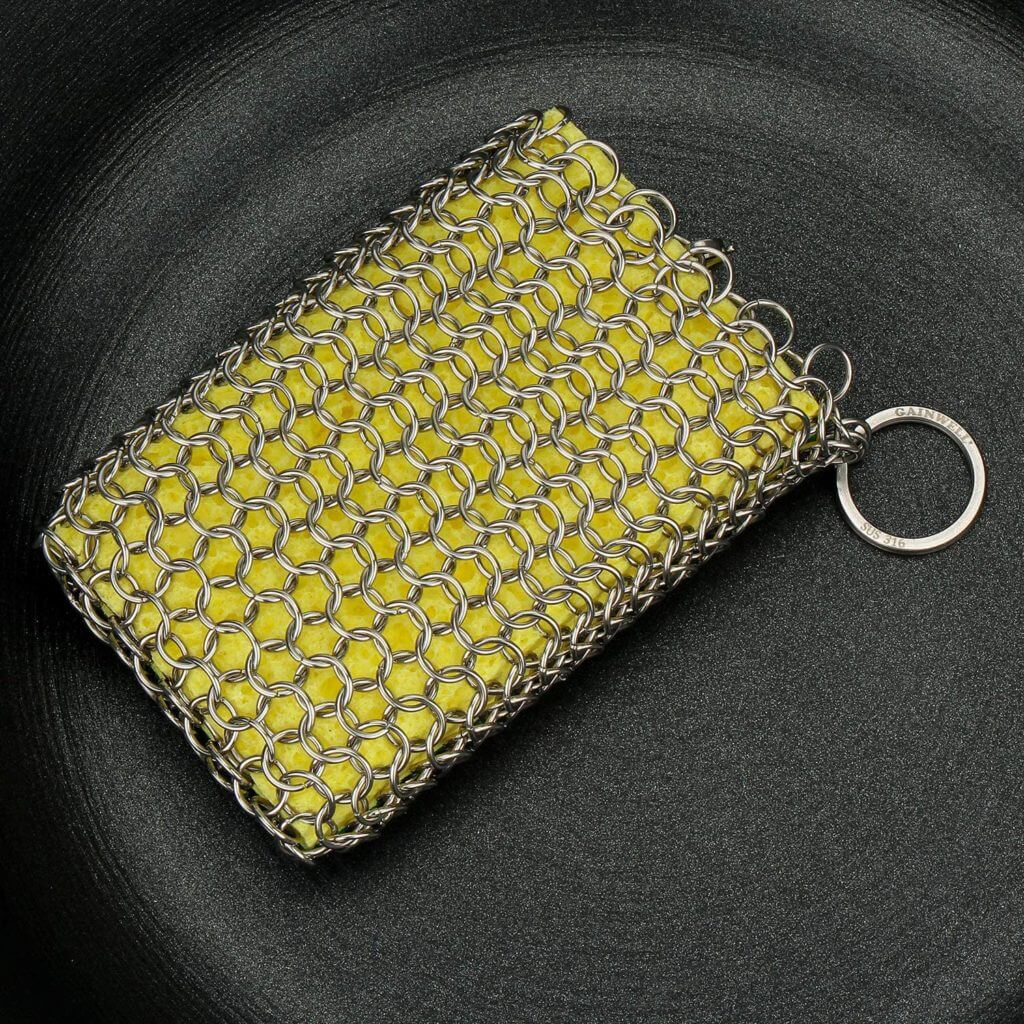
If you feel like you need to use soap…use soap. Everyone says not to, but you’re going to finish cleaning your pan by putting it back on the stove and adding a little more oil anyway, so don’t worry about it. Sometimes you need a little soap to get all the coconut korma out of the pan. It’s not the end of the world.
Things You Should Never Cook in Cast Iron
There’s nothing you shouldn’t cook in cast iron. Some folks say not to cook acidic sauces, or salty foods, or fish because they’ll ruin the seasoning. They’re probably the same folks who worry about ruining their seasoning with soap, too.
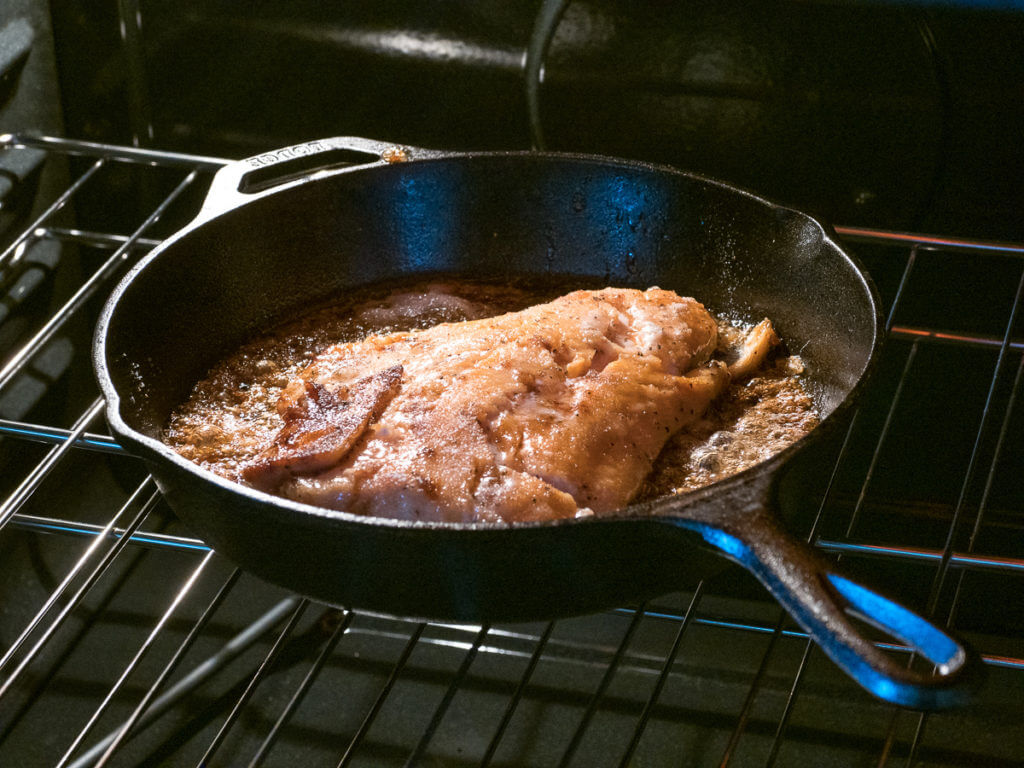
What’s the point of owning a pan that can’t cook everything? It’s iron. You’re not going to ruin it.
Also, everyone agrees that cooking bacon is ideal in cast iron.
Get Some and Use It!
The most important thing to do with your cast iron cookware is to use it. Buy a handy skillet and use it every time you cook. You could get it new, or you could find an old gem at the thrift store and revive it. Keep it seasoned by coating it lightly with oil after you cook in it and it will remain easy to clean for a long time.
I’ve got expensive non-stick pans, but they take me as long to clean up as my cast iron skillets and I don’t have to treat the cast iron gently. Plus, you get a little more iron in your diet and that’s ok.
When I take my grandkids hunting, I expect they’ll inherit from me a gun and a cast iron skillet. I’ll teach them to kill and cook all in the same trip. Hey, a guy can dream.